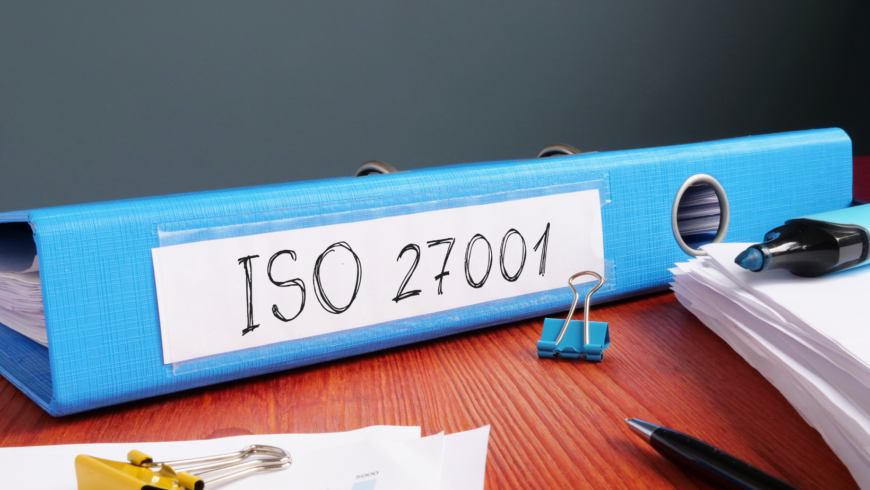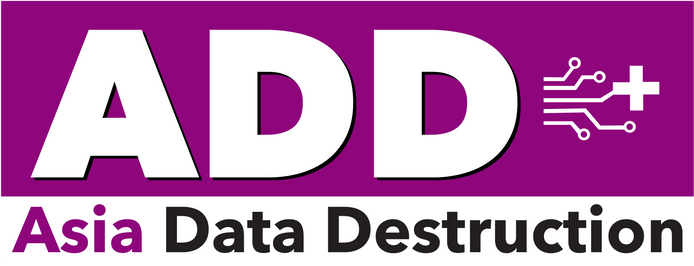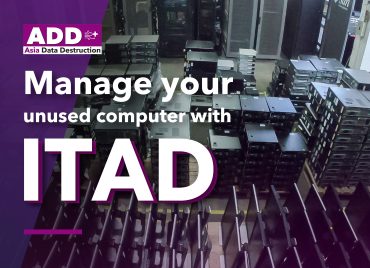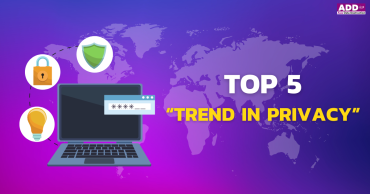
What is ISO27001: 2022? How can companies comply with ISO27001:2022 standard?
In today’s rapidly evolving technological landscape, the disposal of IT assets has become a critical concern for organizations worldwide. To ensure the highest standards of information security, aligning with the ISO 27001:2022 framework.
This internationally recognized standard provides a comprehensive approach to information security management systems (ISMS), ensuring that organizations can protect their data and manage risks effectively
What is ISO27001 ?
ISO 27001 is the world’s best-known standard for information security management systems (ISMS). It defines requirements an ISMS must meet.
The ISO 27001 standard provides companies of any size and from all sectors of activity with guidance for establishing, implementing, maintaining and continually improving an information security management system.
Conformity with ISO 27001 means that an organization or business has put in place a system to manage risks related to the security of data owned or handled by the company, and that this system respects all the best practices and principles enshrined in this International Standard.
Source: https://www.iso.org/standard/27001
Why is ISO 27001 important?
With cyber-crime on the rise and new threats constantly emerging, it can seem difficult or even impossible to manage cyber-risks. ISO 27001 helps organizations become risk-aware and proactively identify and address weaknesses.
ISO 27001 promotes a holistic approach to information security: vetting people, policies and technology. An information security management system implemented according to this standard is a tool for risk management, cyber-resilience and operational excellence.

The Key contents of ISO27001
1.Understanding the Organization’s Context
ISO 27001:2022 emphasizes the importance of understanding the organization’s context. This involves identifying internal and external factors that can affect the achievement of the desired outcomes of the ISMS. This means considering factors such as technological advancements, regulatory requirements, and stakeholder expectations.
2. Meeting Stakeholder Needs and Expectation
An essential aspect of ISO 27001:2022 is determining the needs and expectations of interested parties. This includes understanding the requirements of clients, regulatory bodies, and other stakeholders. The organizations ensure compliance with legal and regulatory requirements, thereby fostering trust and confidence among stakeholder
3. Defining the Scope of ISMS
Determining the scope of the ISMS is crucial for effective implementation. To define ISMS scope by considering all relevant internal and external factors and stakeholder needs. This comprehensive approach helps organizations protect sensitive information throughout the IT asset disposal process.
4. Leadership and Commitment
Leadership plays a pivotal role in the success of an ISMS; the senior management demonstrates commitment by establishing and maintaining an information security policy that aligns with the organization’s strategic direction. This policy is integrated into your business processes, ensuring that security measures are an inherent part of your operations.
5. Risk Management
Managing risks and opportunities is a cornerstone of ISO/IEC 27001:2022 and continuously assesses and addresses risks associated with IT asset disposal. This proactive approach includes regular risk assessments to identify potential threats and vulnerabilities. By doing so, organizations can implement appropriate measures to mitigate risks and enhance the security posture.
6. Continuous Improvement
A key principle of ISO/IEC 27001:2022 is the commitment to continuous improvement, regularly reviewing and improving our ISMS. This ongoing process ensures that the standard 27001 adapts to evolving security threats and maintains compliance with the latest standards and best practices.

How can IT Asset Disposal help companies comply with ISO27001: 2022 standard?
One key component of this standard is Annex A, which outlines essential controls, including the critical process of data deletion. According to ISO/IEC 27001:2022, data deletion is a mandatory control for ensuring that information stored on IT systems, devices, or other media is securely deleted when it is no longer needed. This is a vital practice to prevent unauthorized access to sensitive data and to comply with legal and regulatory requirements.
The Importance of Secure Data Deletion
Secure data deletion is not merely about erasing files; it involves comprehensive methods to ensure that data cannot be recovered or reconstructed and implement advanced data deletion techniques that comply with ISO/IEC 27001:2022, ensuring that all information is irreversibly removed from decommissioned IT assets.
Data Deletion: Annex 8 Compliance
Annex 8 of ISO/IEC 27001:2022 outlines specific controls and guidelines for ensuring secure data deletion. Compliance with Annex 8 is crucial for preventing unauthorized access to sensitive information during the disposal of IT assets. Here are the steps we follow to comply with these requirements:
- Establish Clear Policies and Procedures: Establish policies and procedures in place for data deletion. These are regularly reviewed and updated to align with the latest standards and best practices.
- Use Certified Data Deletion Tools: Utilize certified data deletion tools to ensure that data is irretrievably erased from all storage devices.
- Conduct Regular Audits: Regular audits and assessments are conducted to verify the effectiveness of data deletion processes. This ensures that any potential gaps are identified and addressed promptly.
- Provide Training and Awareness: training the team or individuals responsible for data security regarding the importance of secure data erasure and the specific procedures to follow. This ensures that everyone involved in this process is aware of their responsibilities
How to choose the third party for Data Deletion
When it comes to selecting a third-party vendor for data deletion, it is essential to ensure that they comply with the same high standards as your organization. Here’s how to ensure that you choose the right partners:
- Vendor Assessment and Due Diligence: Conduct thorough assessments of potential vendors to ensure they have the necessary certifications, experience, and reputation for secure data deletion.
- Review Compliance with ISO/IEC 27001:2022: Verify that the third-party vendors comply with ISO/IEC 27001:2022 and other relevant standards. This includes reviewing their policies, procedures, documents.
- Contractual Agreements: Clear contractual agreements are established with third-party vendors, outlining their responsibilities and the standards they must adhere to. This includes clauses on confidentiality, data protection, and compliance with relevant regulations.
- Ongoing Monitoring and Audits: Continuously monitor and audit the third-party vendors to ensure ongoing compliance and address any issues that arise. This helps maintain the integrity of the data deletion processes.

Proper IT asset disposal is not just a matter of compliance but a critical component of an organization’s overall information security and environmental sustainability strategy. By adopting best practices and working with certified vendors, organizations can protect their sensitive data, minimize environmental impact, and ensure compliance with relevant regulations.
If you’re looking for a reliable partner to manage your IT asset disposal with the highest standards of information security,
Contact us today. Let us help you protect your data and achieve peace of mind.


 ไทย
ไทย 日本語
日本語 Tiếng Việt
Tiếng Việt ភាសាខ្មែរ
ភាសាខ្មែរ


